This thread is intended to be a reference for the Design Around This threads. It has information about the threads and how to create a mood board. We'll be linking to this from each new DAT thread. If you have techniques or personal stories about how you got started that you want to share, please post them here. Part of the goal of this thread is to make it easier for people to get started creating and posting their own designs.
Introduction to the "Design Around This" thread
"Design Around This" is a series of threads on the Kitchens Forum that encourage people to improve their design knowledge and skills while exchanging ideas and having fun. Everyone is welcome to participate. You don't need any experience to start; that's what the threads are for: to build experience. I'll provide some tips for getting started later in the post.
Each thread starts with a topic to "design around." This can be a house style (e.g. Tudor), a home vintage (e.g. 1920s), a material (e.g. patterned Formica) or some other common element for posters to build a design around. I maintain a long list of ideas that various people have proposed (if I ever fall off the face of the earth you can pull it off an old thread), adding new ideas as they are suggested and taking off the ones we've already done. When a thread starts to wind down, posters to the thread start to discuss the topic for the next thread and usually reach some sort of consensus. The preference has been to mix up the different types of topics (so, don't do three different home styles in a row; break it up with a material or other theme).
Then through a process of nomination/volunteering, someone gets the task of posting the new thread. It's nice if there is an educational component to the post--information and/or pictures to give participants some information about the topic. Some topics deserve a lot of background information and others not so much, but it's nice to come away from each thread with some new knowledge.
People can participate at different levels: lurker, commenter, or posting designs. One of the goals of the threads is to move people up that ladder: lurkers become commenters, commenters start doing their own designs.
Rules, such as they are
Some people like rules, some people don't. We haven't felt a need to harp on these as people have gotten more familiar with the threads and what we're trying to do. If you prefer, think of them as guidelines. Suggestions, even. General expectations.
1. Do your homework first. If the topic is Tudor Revival and you don't know what that means, go find out before offering up a design. This is part of the learning process. Once you know, you can break all the rules you want.
2. Be unique. This is your design; don't slavishly follow someone else's.
3. Put the design in context. Your design should relate to the style of the house.
4. Use a realistic budget. Go high or low, but keep it real.
5. Use materials that are actually obtainable. Custom is fine, but pipedream isn't terribly useful to people reading the thread for ideas.
6. Show your work. Explain and rationalize your choices. Many of the threads have been enhanced by some creative writing by creative posters who spin tales of homeowners and their kitchens (Power struggles! Revenge fantasies! Adultery! Divorce! It's like a soap opera!). While not mandatory, these can be quite fun.
7. Critique others and accept criticism yourself. You spend a lot of time on your design, and you deserve some constructive feedback, good and bad. Don't make criticisms personal, and don't take criticisms personally. This isn't a finished kitchens thread so nobody has to pretend to like something they don't.
History of the Design Around This thread
The idea for the design around this threads started in this post with Marcolo posting images of a couple tiles and asking why no one on GW designed around something like them (Fri, Nov 4, 2011 at 9:12). That question prompted a mini "design around this" exchange with Palimpsest posting some great designs, leading Marcolo to ask, "I wonder if this should become an ongoing feature. Pick something unusual to base a kitchen around, and then try to make it work in 'mood boards'" (Sat, Nov 5, 11 at 12:21). Everyone on that thread seemed to agree it was a great idea. Next thing you know, Palimpsest was posting the first "official" Design Around This thread, and Bob's your uncle.
Benefits of the Design Around This threads
1. They show how to look at kitchen design holistically rather than as a series of independent or sequential choices, which is one way kitchen design can go wrong.
2. Specifically, they show how to use mood boards to plan a design. Since the threads started we've seen a lot more mood boards on other Kitchen Forum threads.
3. They provide inspiration pictures that fall outside the boundaries of current trends.
4. They provide examples of how to relate kitchen style to home style.
5. They put materials that might be unpopular or unfamiliar in the spotlight and let people see them in use in good designs.
Getting Started
1. Do not be intimidated. Most of the posters on these threads had never put together a mood board before they tried it here.
2. Do your homework, especially if the topic is a home style, era or design style.
3. Collect images of stuff you want in your kitchen.
4. Finalize your choices of what you want to put in your mood board.
At this point, you have a number of different options. You can link to individual photos in your thread (see instructions for posting pics on the Kitchen Forum FAQ). Or you can use one of a number of different software tools to create a collage showing the various elements of your kitchen.
Tools include the online tool Olioboard, something as sophisticated as Photoshop, or something as simple and ubiquitous as Microsoft Word or PowerPoint.
Here's how I do it in Word (2007) (I expect to see some additional posts from others who use different tools, choose the one that works best for you):
1. Starting with a blank document, choose Insert Pictures, and select the desired image files from wherever you have them saved.
2. Format each image using Format-Position-More Layout Options-In Front of Text. This will let you drag your picture around wherever you want it.
3. Resize images as desired. Duplicate images as desired. Drag them around where you want them. Use "bring to front" and "send to back" to get them in the right order front to back.
4. You can "paint" cabinets any color you want by starting with white cabinets then inserting a rectangular shape over the top of it, increasing the transparency of the rectangle to 25-40%, and then formatting the rectangle to the desired color. The transparency lets the contours of the cabinet show through, but the color of the rectangle will dominate. It will look like the cabinets are colored. You can color other things this way, too.
5. When it looks the way you want, save it as a PDF. Then save the PDF as a JPEG. I think you need Acrobat Standard (not just Reader) to make this work. Alternatively, you can take a screen shot (prnt scrn) and paste the image in Paint, crop the frame, and save it as an image file. Someone also suggested this site as an option for converting to an image. There's additional information, including how to do a screen capture on a Mac, here.
6. Once you have your board as an image file, it's like posting any other picture. Upload it to a photo hosting site on the Web, then link to it in your post.
Testimonial
I had never done a mood board before the Colonial Revived thread (Design Around This #2). Heck, I'd never really figured out how to post pictures. But I figured it out for that thread, and posted a design (posting links to individual elements rather than doing a collage).
I found doing a mood board to be addictive, so I kept participating. I posted a few designs on the 1920s thread, and never looked back.
I like to think my designs have improved, and my skills putting together a mood board certainly have.
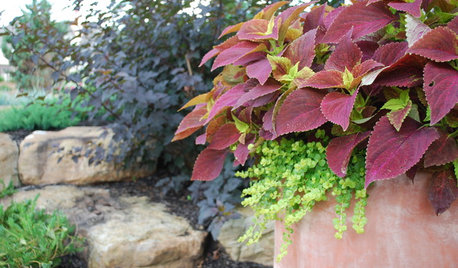
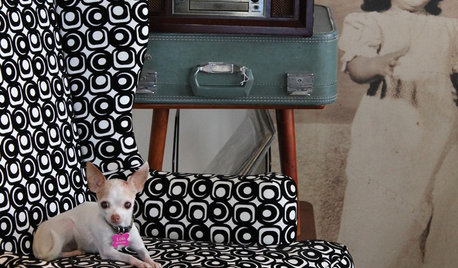
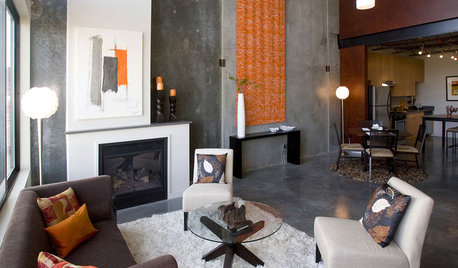
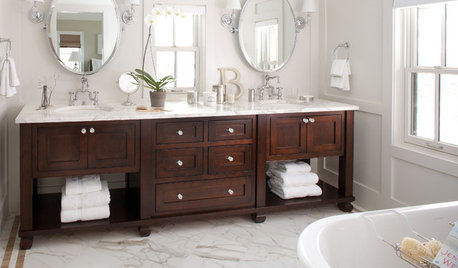


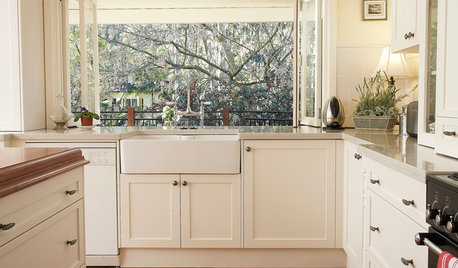


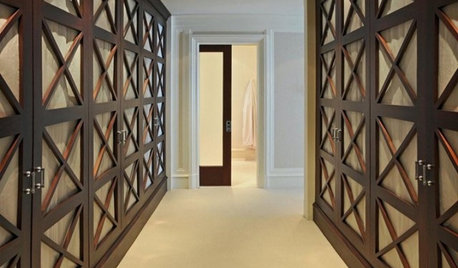



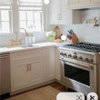
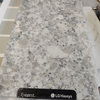
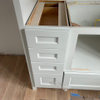
remodelfla
marcolo
Related Discussions
Should we continue with Design Around threads right now?
Q
Background for DAT #15 Hollywood Regency.
Q
Design Around This #16: Yellow Kitchens
Q
Design Around This #21: Bold Patterned Tile - Post Designs Here
Q
64reno64
allison0704
sochi
live_wire_oak
cawapsOriginal Author
liriodendron
mudhouse_gw
mudhouse_gw
pricklypearcactus
formerlyflorantha
roarah
sochi
palimpsest
angela12345
angela12345
angie_diy
cawapsOriginal Author
angie_diy
cawapsOriginal Author
formerlyflorantha
cawapsOriginal Author
formerlyflorantha
marcolo
Iowacommute
function_first
cawapsOriginal Author